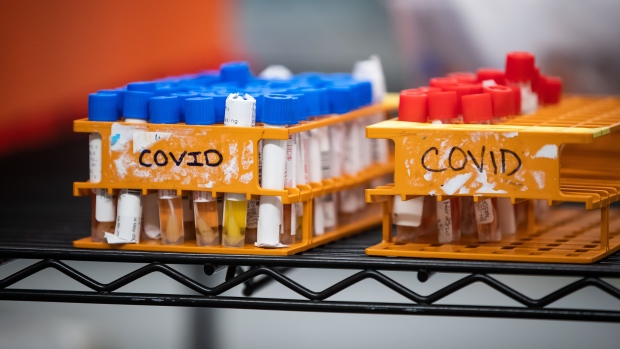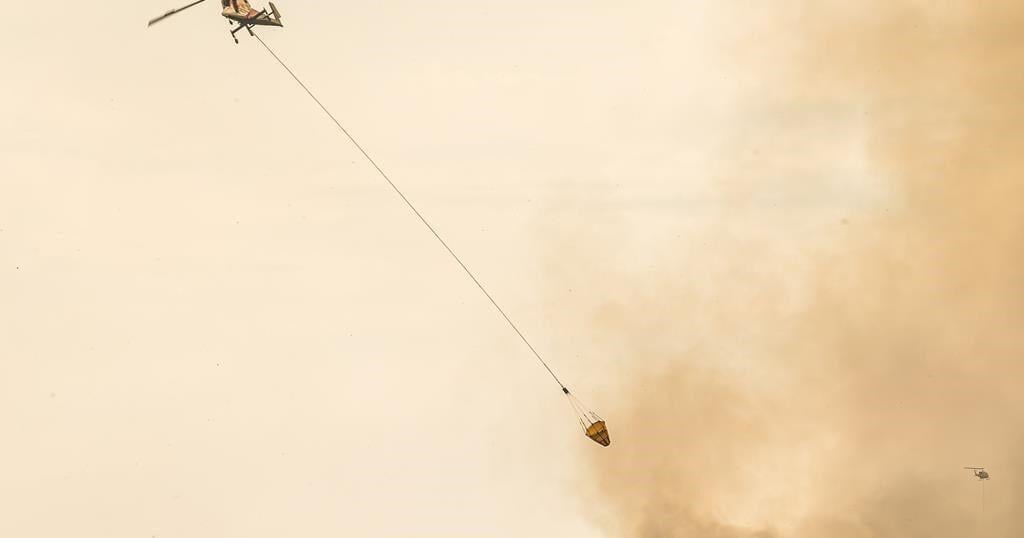TORONTO – The Canadian Institute for Health Information says more than 7,000 people with diabetes undergo a leg, foot or toe amputation every year — and the majority of those procedures could have been prevented.
The report issued today says people with diabetes living in the lowest-income neighbourhoods are three times more likely to have an amputation than those living in the highest-income communities.
It also says people with diabetes living in remote communities are at higher risk of leg amputations than those living in urban centres.
Erin Pichora, CIHI’s program lead for population health, says lack of access to a primary-care provider to help people manage diabetes is one likely factor behind the inequalities.
She says disparities are also likely in access to specialists who can treat diabetic wounds on people’s feet — including podiatrists and chiropodists — before they worsen.
Diabetes Canada says the report shows the importance of ensuring people with diabetes have equitable access to the care and resources they need.
“People living with diabetes who undergo amputations face significant emotional and financial distress,” Laura O’Driscoll, senior manager of policy at Diabetes Canada, said in an emailed statement to The Canadian Press.
“We need to ensure that everyone with diabetes has affordable, timely access to the medications, devices, education, and care needed to manage their condition and prevent complications like amputation.”
The CIHI researchers reviewed hospital records from across Canada for fiscal years 2020-2021 and 2022-2023 and found about 7,720 “lower limb” amputations associated with diabetes per year among people 18 and older.
Each year there were about 3,080 hospitalizations for “above-ankle” leg amputations and 4,640 hospitalizations for “ankle-and-below” amputations, including feet and toes.
This report by The Canadian Press was first published Sept. 26, 2024.
Canadian Press health coverage receives support through a partnership with the Canadian Medical Association. CP is solely responsible for this content.





























